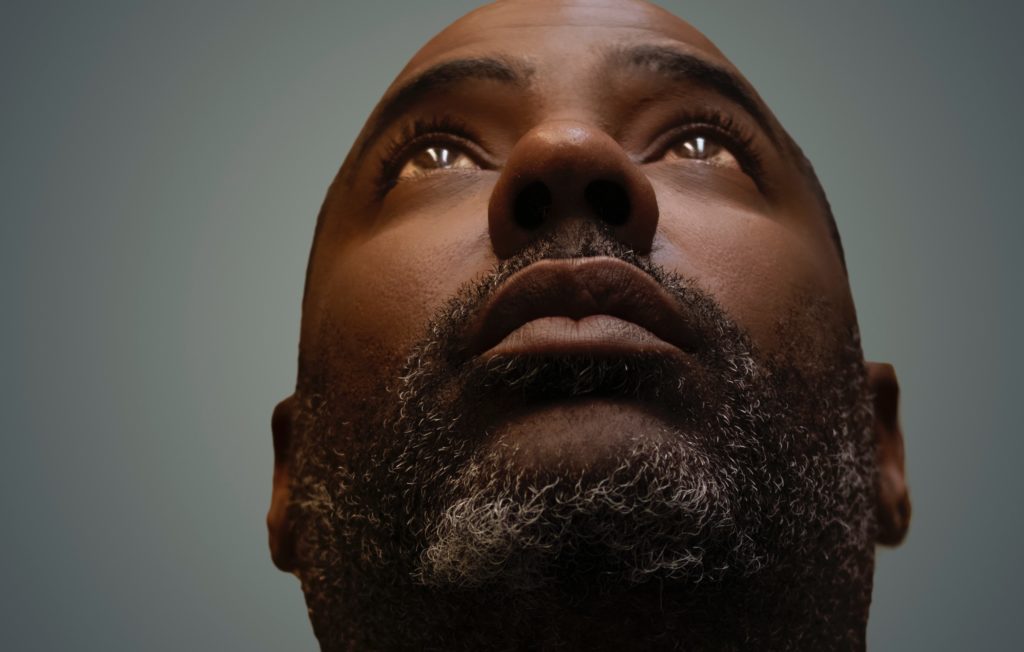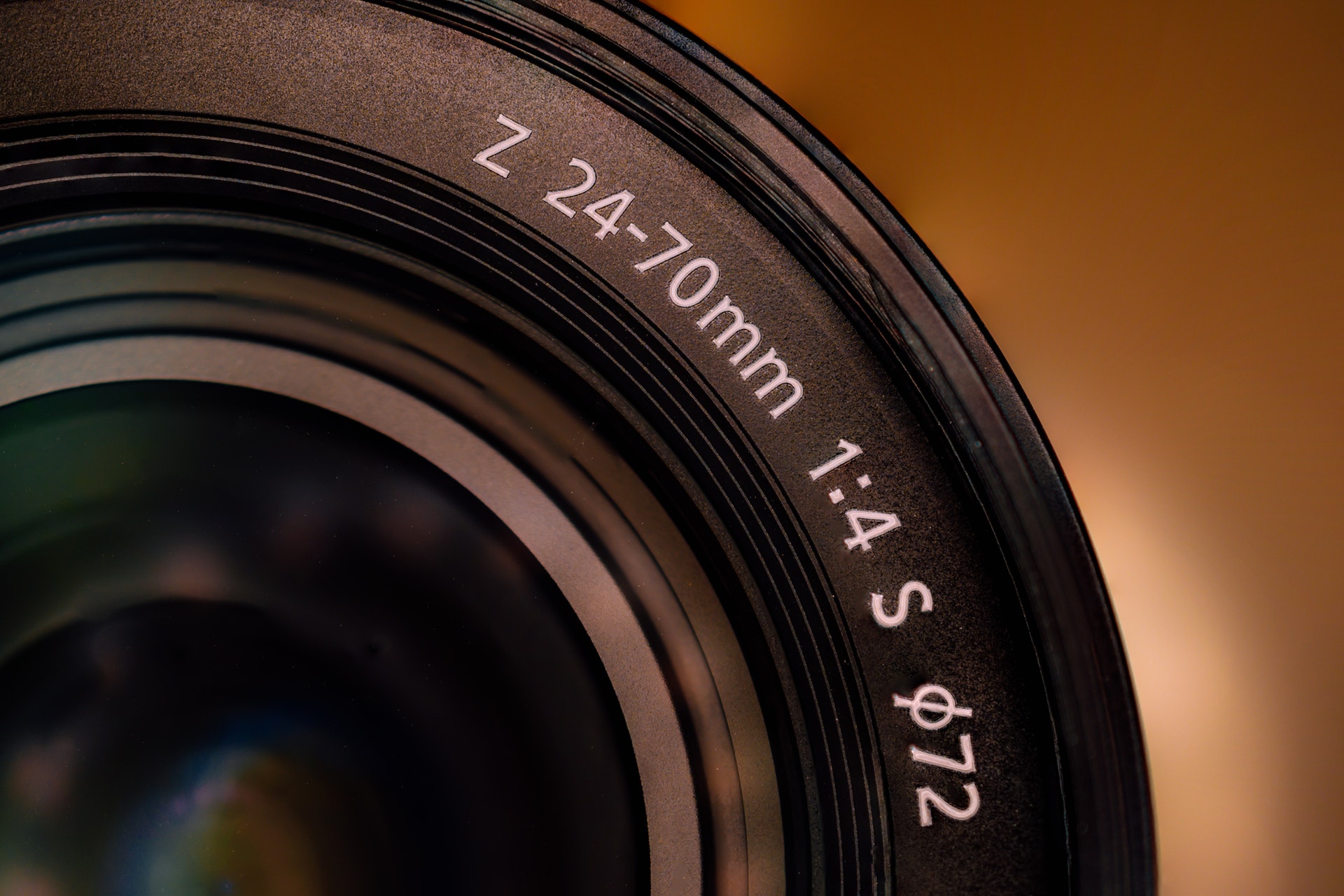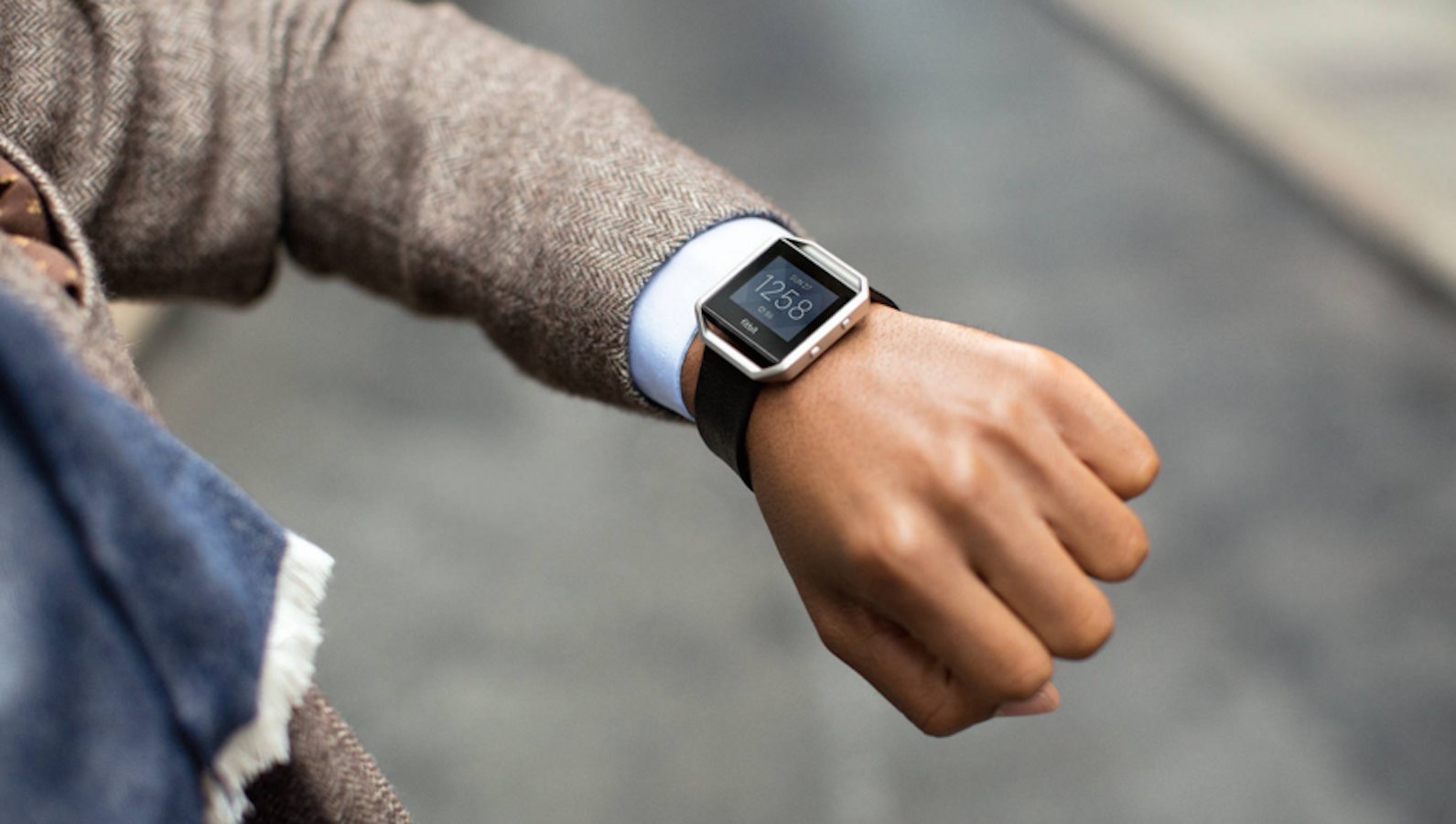Since the first tin-type photographs in the 1800s, photography has come a long way. Kodak 110s, Polaroid instant photos, 35mm, digital cameras, cameras in our smartphones – it’s quite a camera world out there! So, what is the newest enhancement to photography? The Mirrorless Camera is the current, hot trend for serious photographers, but does it really make a difference?
What Is a Mirrorless Camera?
So, what is a mirrorless camera, what’s the difference, and why does it matter? To find out, let’s take a quick trip through the history of the medium. Many of the adaptations to how cameras work have been improvements to solve a simple issue: How can both the user and whatever’s being captured be shown the same way?
Originally, photographs used coated metal or glass plates with photosensitive liquid. This would go behind the lens after the photographer looked through where the plate would be placed to frame the photo. To make it quicker, a second lens was added near the first to allow framing and focus without adjusting the primary lens. This camera design still persists. We call them “rangefinder” cameras. The lens you look through has additional functionality, specifically the ability to set focus.
Mirrors were added around 1900, creating two new camera types. One had a mirror that bounced the image from the extra lens onto a small translucent screen; a second lens just beneath it opened onto the shutter and the film itself. When you focused the first lens, you would also focus the second lens. For the second design, the mirror sat between the lens and the film, reflecting the image through a prism. When you hit the shutter button, the mirror flipped out of the way and the shutter opened on the film. The next iteration of cameras used LCDs. While the early digital cameras of the late 90s and early 2000s were mirrorless in a sense, the term SLR is now usually used to refer to cameras with interchangeable lenses, manual controls, and often an electronic viewfinder. Mirrorless cameras have created a middle ground in the photography market long divided into “cheap” and “serious.” The mirrorless camera is compact, powerful, and intuitive, in some ways the best of both worlds.
What’s the Difference Between Mirrorless and DSLR?
Interchangeable lens cameras are the pinnacle for serious photographers. Both mirrorless cameras and DSLRs (Digital Single Lens Reflex) offer the flexibility of different lenses and larger sensors when likened to compact cameras or smartphones. So, what are the real differences to consider?
Size – Mirrorless vs DSLR image 9058
A mirrorless camera doesn’t have the weight of a DSLR in most cases. However, the weight depends on your lens. Full-frame 70-200mm f/2.8 lenses will be will be equal in size, so weight savings is marginal. And while mirrorless cameras are smaller, the larger grips on DSLRs are more ergonomic and preferred by most photographers. They find that when you put a large lens on a smaller, mirrorless camera, the balance is odd.
Sensor and image quality
The first mirrorless cameras didn’t have equally large sensors found in most DSLRs. Because the most common predictor of image quality is the sensor, mirrorless cameras now offer multiple sensors, including full-frame and medium format. Both DSLRs and mirrorless cameras have full frame and crop sensors. But do your research as not every brand offers every format.
Shooting Speed
Without a mirror to move, mirrorless cameras offer faster shooting speeds when compared to traditional SLRs. But, don’t assume that the mirrorless camera you’re looking at is faster than a DSLR, as many mirrorless cameras share a similar framerate with DSLRs.
Autofocus
As mirrorless technology has advanced, autofocus has improved. Some manufacturers offer on-chip phase detection, so mirrorless cameras perform the same type of autofocus as DSLRs. For the most part, DSLRs and mirrorless cameras both have excellent autofocus systems.
Viewfinders
Advertisement
With no mirror to bounce light from the lens up to your eye, mirrorless cameras aren’t equipped with optical viewfinders. They can, however, use an electronic viewfinder (EVF). EVFs are like LCD screens at the rear of the camera, but they’re smaller and optimized for using right up to your eye. There are pros and cons to both types: Optical viewfinders can’t drain a camera battery, and you can always get a reliable composition. EVFs aren’t always-on with most models — some cameras require clicking a button to go between the LCD screen and the viewfinder.
Battery Life
Mirrorless cameras tend to have shorter battery lives than DSLRs. Technology will improve this in time, but many DSLRs still have twice the battery life of a mirrorless camera. But, the average mirrorless camera user should have no problem getting a full day out of the battery. You’d have to shoot more than 300 photos in a day to wear out the battery.
Lens Selection
DSLRs have been around longer, which means manufacturers have been making their lenses for quite a while. Generally, DSLRs have more lens selection than mirrorless cameras. Do your research before purchasing mirrorless – make sure your model has access to all the necessary lenses for your needs.
Price
All cameras, both DSLR and mirrorless, range in price from $500 to $5000. Obviously, the more expensive packages will contain more lenses and other features than a basic package. When determining which is better for your needs, you need to examine the body styles, shutter speeds, battery life, grips, and lenses.
While serious photographers tend toward DSLRs, amateurs may lean toward the newer, mirrorless cameras. Original text here.








